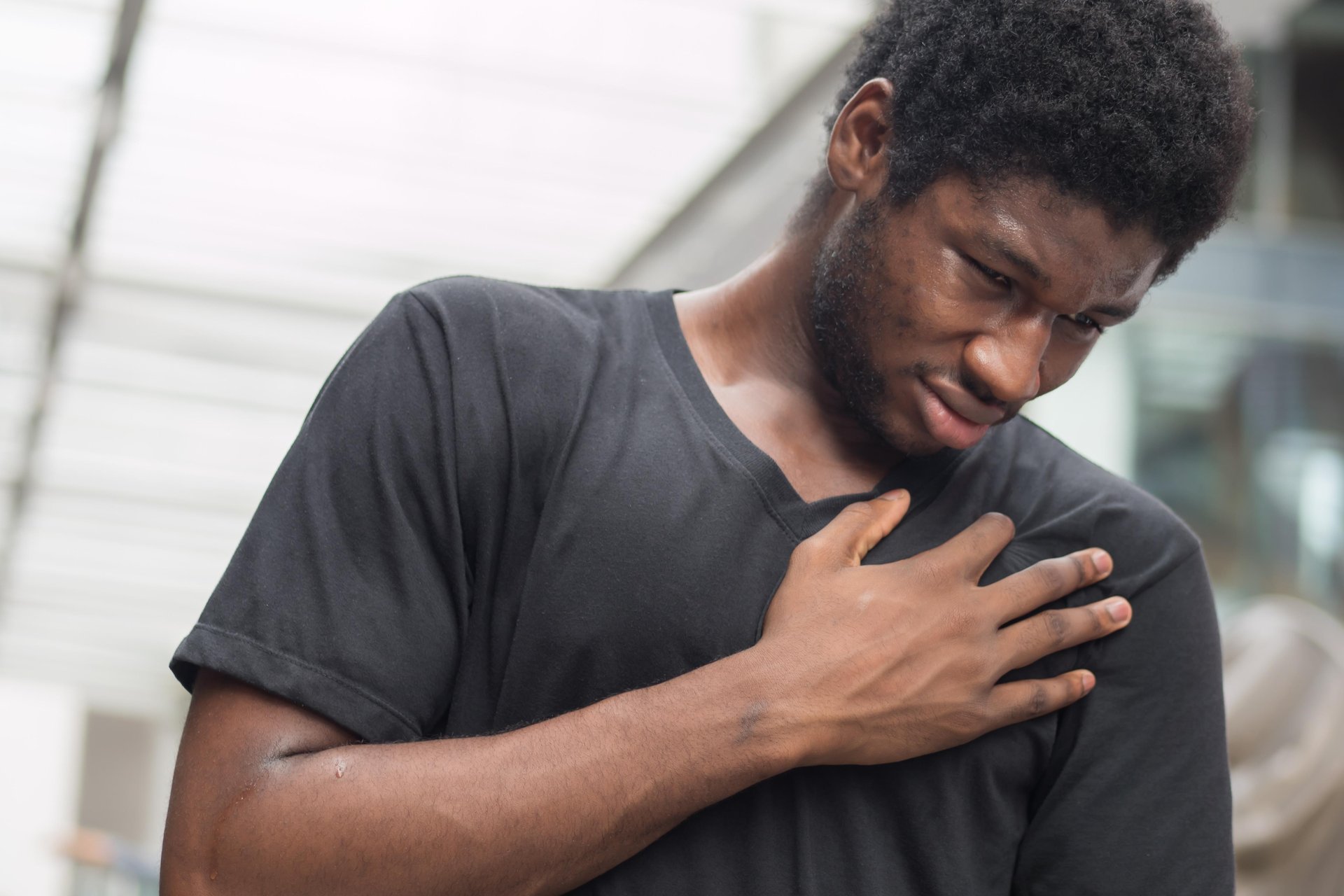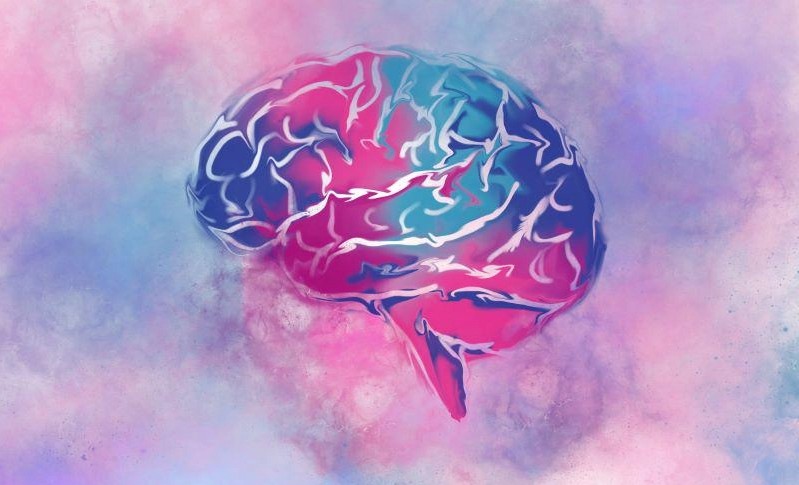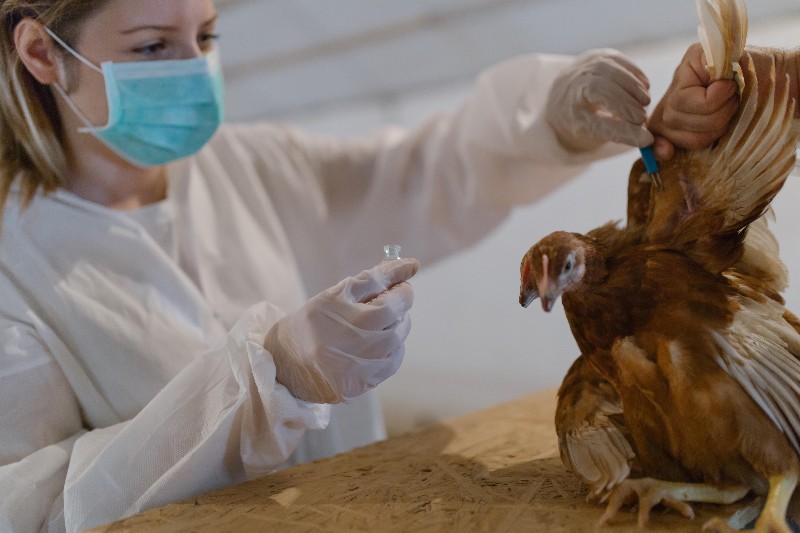
Following oral arguments presented on Tuesday, the U.S. Supreme Court looked poised to rebuff a legal challenge to women’s access to the abortion pill. Mifepristone is part of a two-drug regimen now used for the majority of abortions nationwide. In the case now before the Supreme Court, the plaintiffs claim the U.S. Food and Drug Administration did… read on > read on >


















